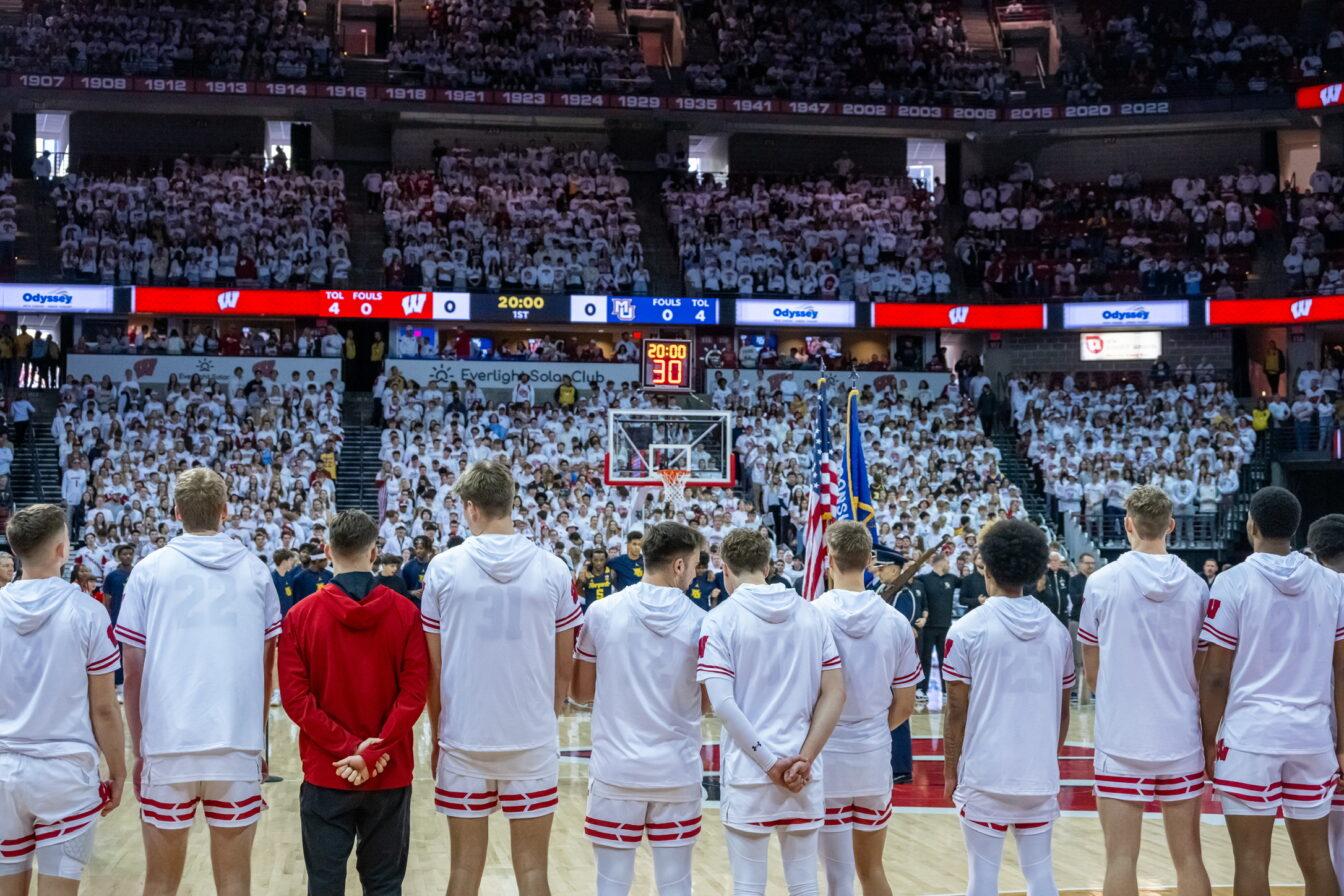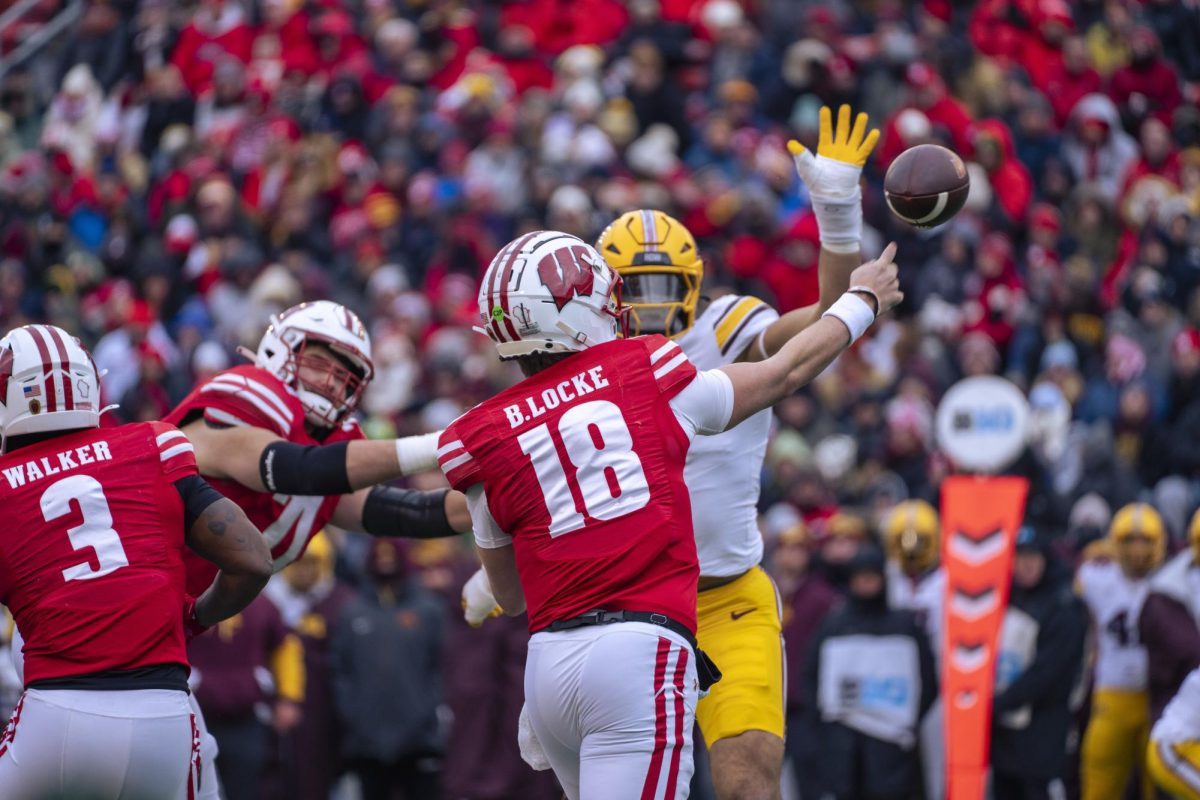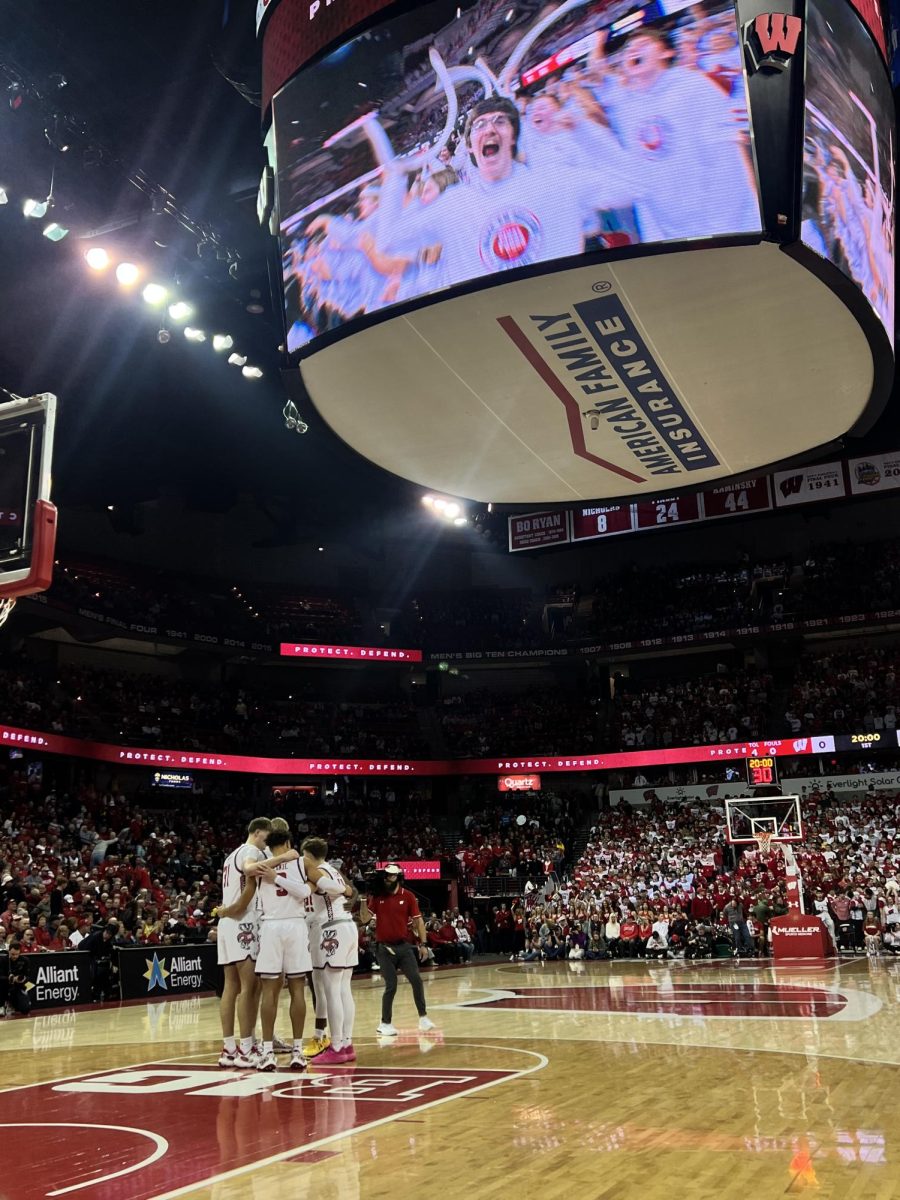The star that shines brightest in the constellation of power basketball conferences remains, now almost perpetually, the Big East. From No. 3 Syracuse to the No. 25 upstart Cincinnati Bearcats, eight schools from the nation’s most complete conference continue to litter both NCAA polls. A Big East-flavored top 25 is about as close to a given as sports will allow.
Each year since 2004, the gauntlet from hell, which poses as the Big East conference, has yielded at least five schools in the year-end polls and has sent more teams to dance in March than any other conference in the country. And it appears that in 2011 we will not encounter an aberration to that compounding trend.
But what has made this conference into the powerhouse that it has become? Why do we, year in and year out, find ourselves staring at Jim Boeheim’s shiny head on the big stages or have to, once again, root against another Bob Huggins-coached team replete with players who have no intentions to graduate from college?
It’s the coaching.
Whether athletes remain in college for the full four years or not, rosters frequently change, meaning that, barring removal from their positions, coaches are often the only constant.
And the head coaches in the Big East are far and away the best group in the country.
Two of the coaches, Boeheim of Syracuse and Jim Calhoun of Connecticut, are now fixtures in the record books as they, with each passing season, climb closer to the acme of all-time wins by a head coach (currently held by Bob Knight with 902).
Boeheim (843 career wins), a devout professor of the 2-3 zone, consistently produces teams that frequent the late rounds of the NCAA tournament. But aside from Carmelo Anthony, with whom the Hall of Fame head coach won his only national championship, the list of superstars that have come through Syracuse runs rather short. In fact, the list might end with ‘Melo. Derrick Coleman? Sherman Douglas? Maybe that’s why the practice facility is already named the Carmelo K. Anthony Basketball Center.
Seven regular season titles with an abbreviated list of remarkable players leads me to believe that Boeheim is directly responsible for the school’s success.
Jim Calhoun, a Naismith Memorial Basketball Hall of Fame inductee himself, has encountered even more success than Boeheim, winning two national championships and six Big East championships over the course of his career. During those title runs, he has had the aid of several outstanding athletes such as Ray Allen and Richard Hamilton.
But even with future NBA champions, winning two titles with distinctly different teams points to Calhoun as the reason why.
The list of coaches in the Big East who have made a significant impact, not only in the conference, but also nationally, goes on.
A rung down from the two Hall of Famers sits a group of coaches who have already found their own success in the nation’s toughest conference. Rick Pitino, whose mantra remains “shoot now, ask questions later,” has led three different schools to the Final Four (Providence, Kentucky and Louisville), a resume that seems to fit nicely with the rest of the conference’s coaches.
Also in that second tier, Jamie Dixon, in his eighth year as head coach at Pittsburgh, has molded his team into a perennial high seed in the NCAA tournament; an impressive feat considering the Pittsburgh job is the first head-coaching gig he has held.
Throw in Mike Bray of Notre Dame, the third-longest tenured coach in the Big East (behind Boeheim and Calhoun) and West Virginia’s Bob Huggins who, aside from his maligned reputation of failing to graduate his players, continues to produce deep tournament runs, and you come up with a wealth of accomplished head coaches unrivaled by any other conference in the country.
But even then, the list of talented Big East coaches continues. Jay Wright of Villanova has led his team to six straight 20-win seasons with two Elite Eight and one Final Four appearance over that stretch. And the new coaches on the block, Buzz Williams of Marquette and Georgetown’s John Thompson III, have had early success as well.
No other conference in the land has the collection of quality at head coach like the Big East. The ACC may have Mike Krzyzewski, Roy Williams and Gary Williams, but after that, the names read rather vapid. Again, the ACC is undeniably down this year.
In the Big 12, after Bill Self and Rick Barnes, no one has proven themselves as a great coach. The verdict is still out on Frank Martin until he wins without Michael Beasley.
The reason for the Big East’s dominance is clear: they have the best coaching. And the success of those coaches perpetuates the inflow of good players who want to play for a thriving program in the best conference in the country.







